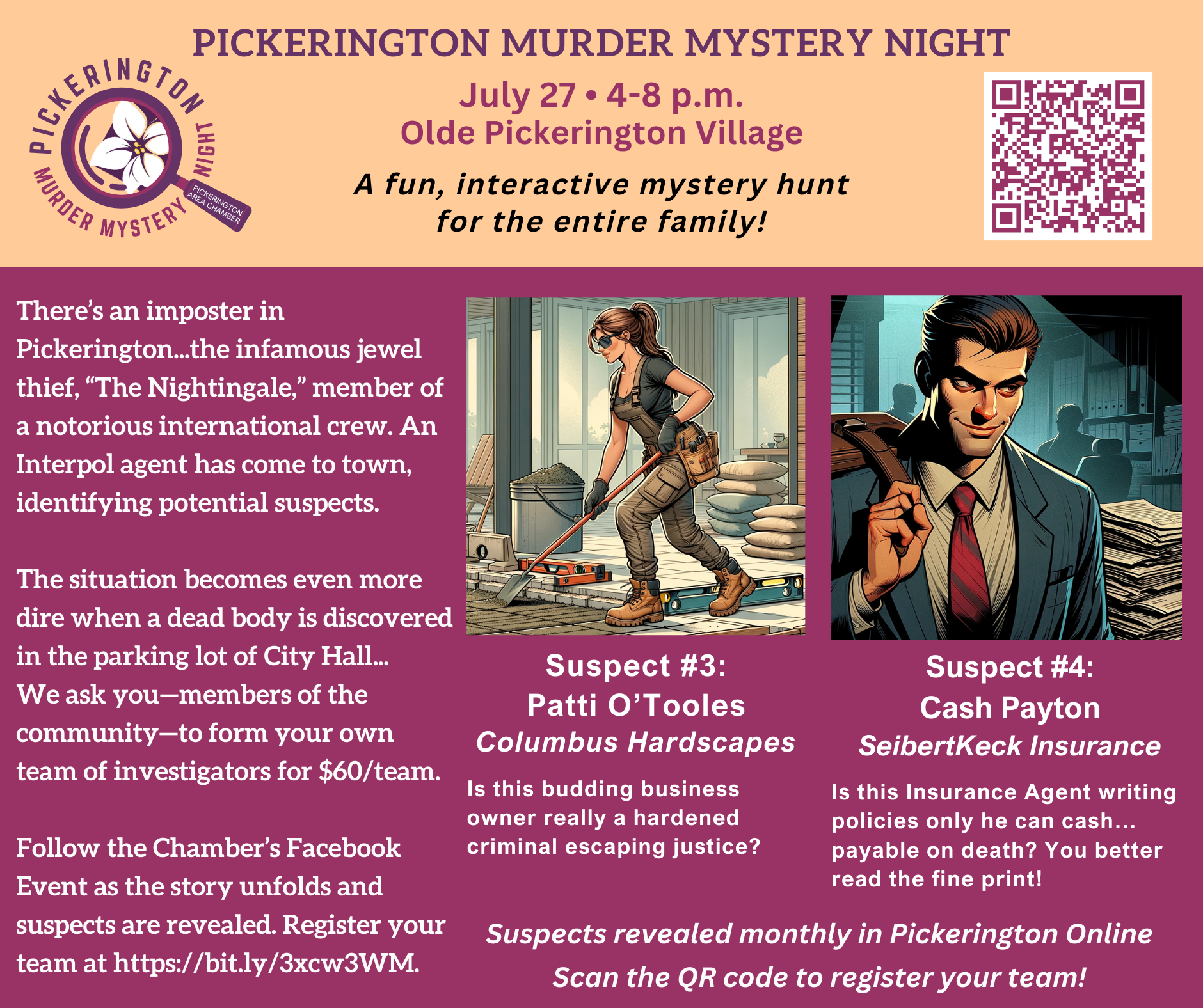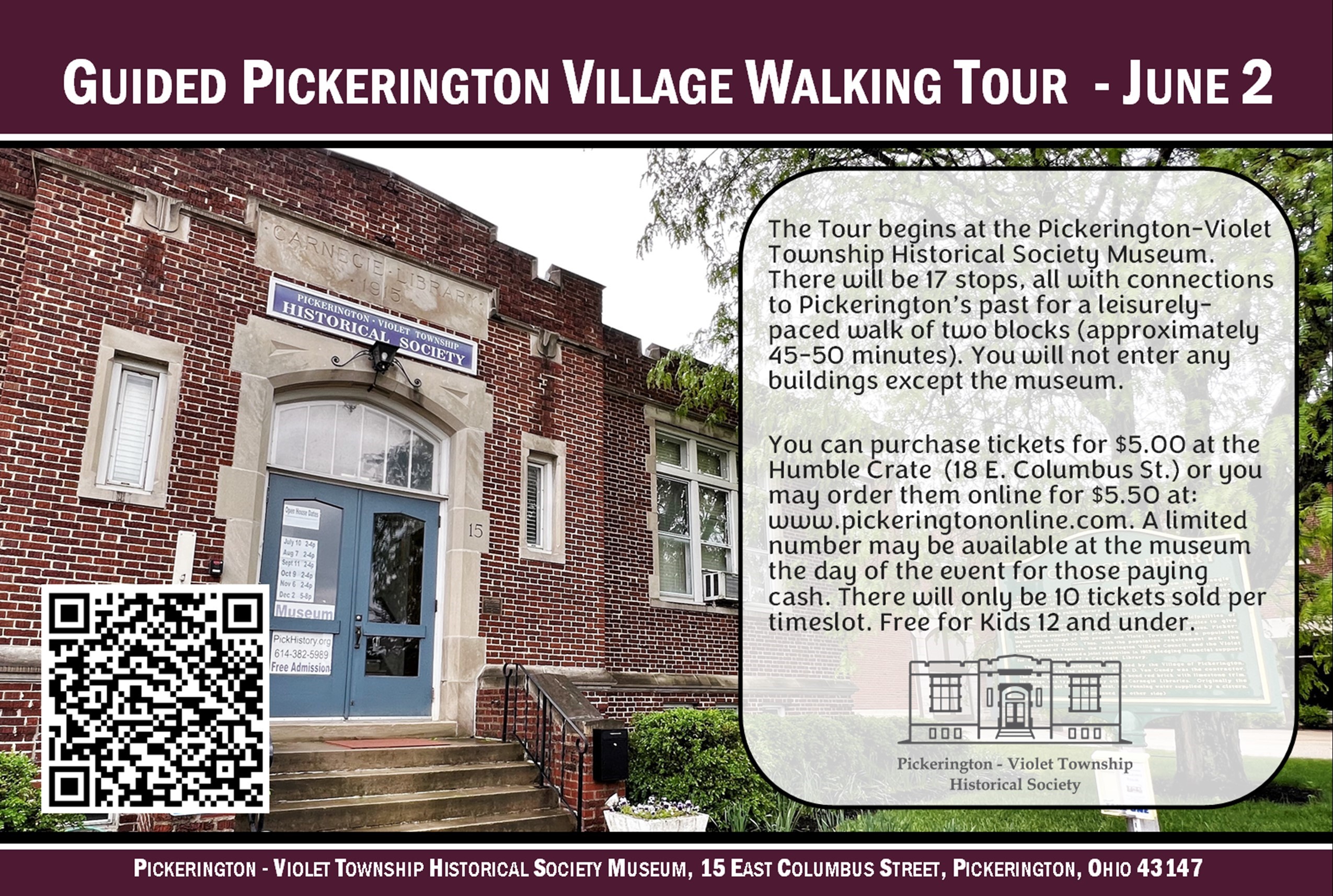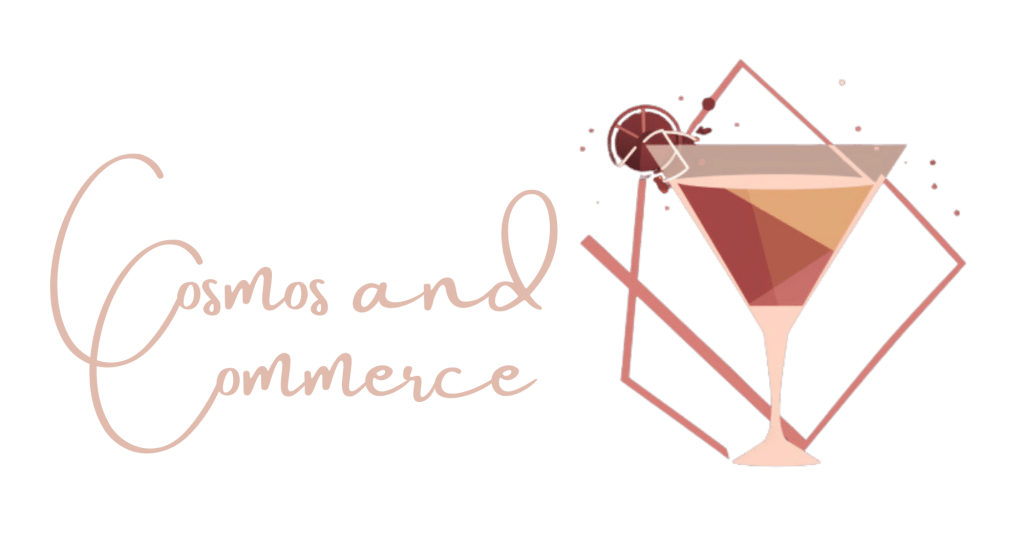
By Marcey Shafer, Education Services Coordinator, Fairfield County Park District
Pollinators have been in the news recently. The first most people think of is the honeybee. They are important but so are many native bees, butterflies, moths, sometimes even beetles and flies! Their roles in our ecosystem are vital. For them to thrive they need a variety of native trees, flowers, and shrubs to eat. Plant and animal diversity is key to a healthy ecosystem.
Parks, woodlots, and backyards may have plants to support pollinators and wildlife, but they are often crowded by species our native wildlife can’t eat! Some are common landscape plants used because we like the way they look or because they are what we have always used. Some are non-native, invasive species, meaning they originated somewhere else and are taking over. They use crucial resources without giving anything to wildlife in return.
The good news is that we can all help! We can remove invasives and add native plants to backyard landscaping. This can be done on any scale. I have friends who are establishing native plants on many acres and some who are simply trading typical patio container plants for natives. Both contribute!
In 2018 volunteer Barbara Merritt started the pollinator garden at Smeck Park. She tirelessly works to improve the garden each year. It is now full of insects, the foundation of the animal food web! We need them to support chickadees, spring peepers, foxes, and many others. This year fellow volunteer Susan Moore obtained plants for the garden through a grant from the Ohio State University’s Pollinator Specialist Program. Last month Barbara, Susan, and two volunteers from the OSU program added 60 plants, of ten species.

Why so many? We recently interviewed Susan about the local importance of the additional plants. Susan explained, “The plants used are diverse because the pollinators are diverse, corresponding to bloom times. The goal…is to provide flowering plant material for the entire length of the year when bees are out, from early spring into the fall.”
Susan gave some examples of these relationships, “In early spring the Spring Beauty is a favorite of the Mining Bee. In late spring a fun plant the Bumblebees enjoy is the Penstemon, a taller plant. Bergamot attracts a variety of pollinators in early summer such as small native bees and the day-flying Hummingbird Moth. Composite flowers like the Black-eyed Susan, sunflowers, attract even more pollinators. Those late summer-to-frost plants like aster and goldenrod are very important. Specialist bees/insects only go to certain plants; a diversity of plant material really makes a difference.”
One stumbling block people sometimes encounter when they start planting with wildlife in mind is that their gardens may not ‘look’ the way we expect gardens should look. As Susan said, “In early spring the garden may appear to be unkempt, abandoned. Do not be misled, even then pollinators are using the garden! The reason for leaving plants as they are is some pollinators utilize stems and leaf litter to overwinter, lay eggs, and raise young.” It may be a big change to ask people to leave those natural features in place, but the rewards are worth it in the end. You may find an increase in dozens of insects, and several birds, in just a few years.

Susan has volunteered for us since 2017. When asked why, she said it is “an opportunity to give back to entities that have provided so much benefit to the community. There is an energy about Fairfield County Parks that is contagious! The community at large seems to be excited about what is going on at Smeck Park.”
I would like to offer a heartfelt thank you to Barbara, Susan, and OSU for making our park better for visitors and better for wildlife. The staff of Fairfield County Park District is immeasurably grateful.
Take the time to be a part of the excitement and visit the pollinator garden often as it naturally changes almost daily! If you feel inspired to bring nature closer to home, our education staff is here to help you. Contact me at 740 242-4436 or mshafer@fairfieldcountyparks.org.
Smeck Park is at 7395 Basil Rd in Baltimore.
- Mambourg Park
- Stebelton Park at Rock Mill
- Wahkeena & Elias B. Wagner Nature Preserves
- Zeller Park & Lockville Canal Park
- Cross Mound Park & Sensory Trail
- Smeck Park: Then, Now, Tomorrow
- Arnery Run & Two Glaciers














